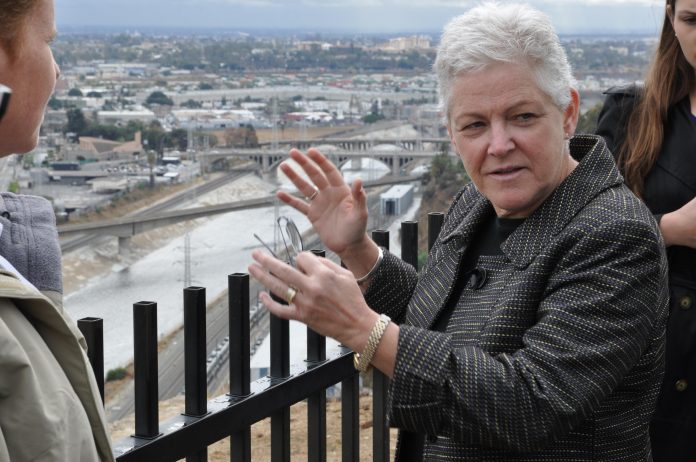The US Environmental Protection Agency has released a plan to increase the reliability of the country’s drinking water, following several incidents including the well-publicised events at Flint, Michigan.
“Ensuring that all Americans have access to safe drinking water is an absolute top priority for EPA,” said Gina McCarthy, EPA Administrator. “We must work collectively to seize opportunities for progress, partnership, and innovation in order to continue to provide our citizens with the safest drinking water in the world.”
The plan includes six priority areas and identifies proposed actions for each area:
- Building capacity for water infrastructure financing and management.
- Advancing oversight of the Safe Drinking Water Act.
- Strengthening source water protection and resilience of drinking water supplies.
- Addressing unregulated contaminants.
- Improving transparency, public education, and risk communication on drinking water safety.
- And reducing lead risks.
The plan reflects input from state, local, and tribal government officials, drinking water utilities, community groups, and environmental groups. While the agency and partners have already begun to take some actions, others will require additional resources and further stakeholder engagement.
In tandem with the development of the plan, the President’s Council of Advisors on Science and Technology (PCAST) undertook a study on science and technology for drinking water safety. The PCAST’s recommendations will complement and support EPA’s plan.
The agency stressed that it has established drinking water standards for more than 90 contaminants, and compliance data show that more than 90 percent of the nation’s water systems consistently meet those standards.
An EPA spokesperson said the main challenges threatening these standards are ageing infrastructure, lack of funds, pollution, contaminants, and the impacts from climate change and drought.







